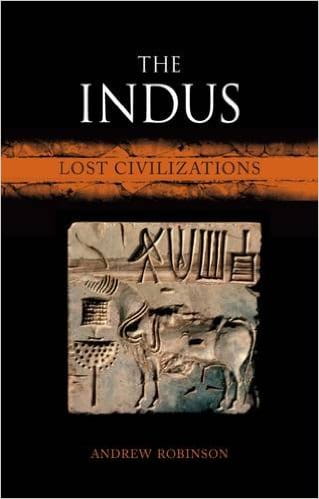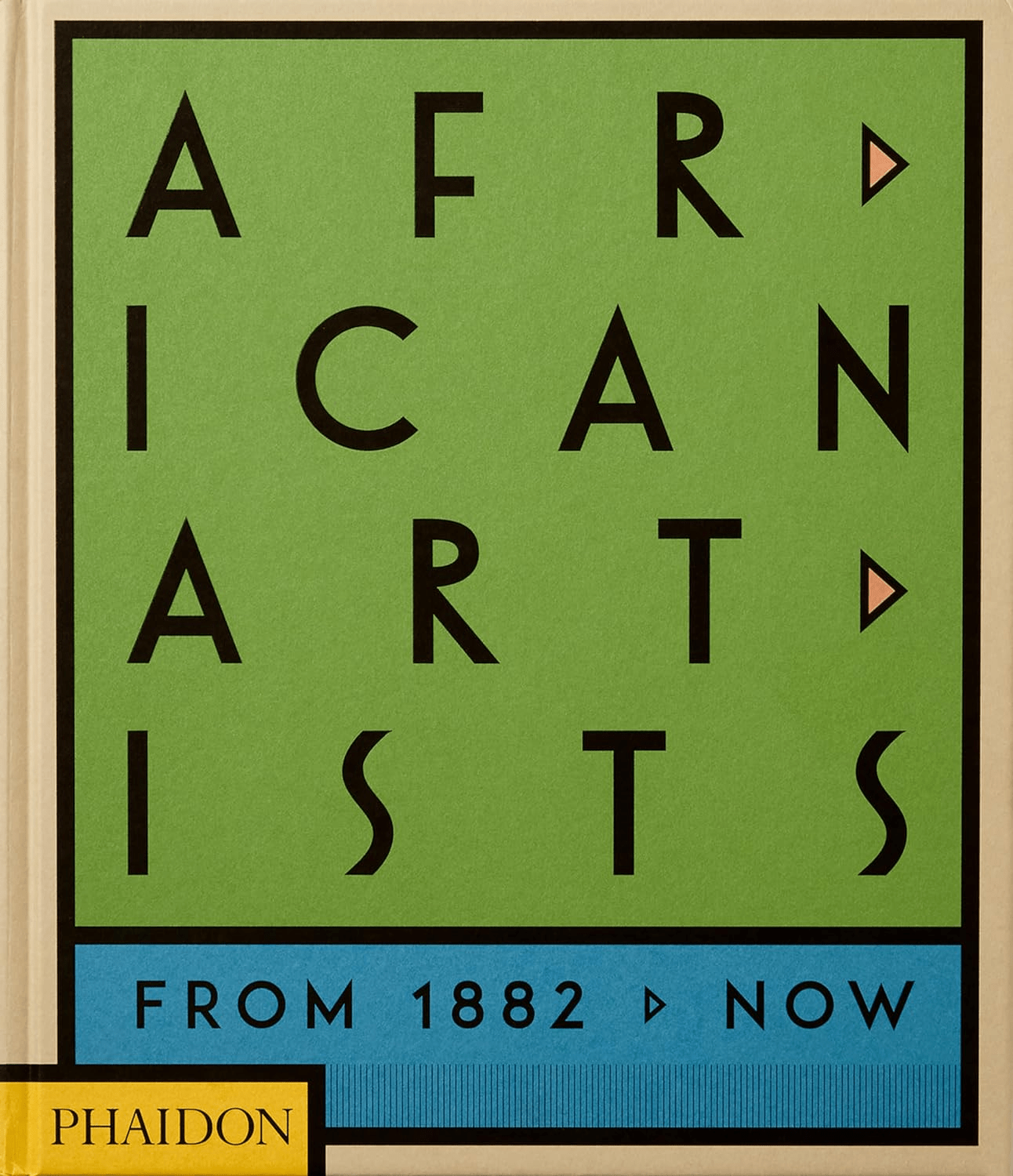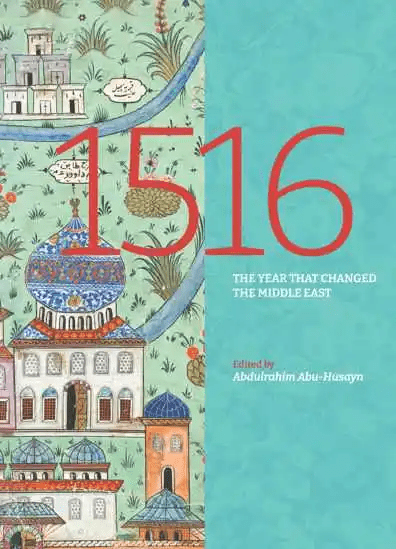
The Indus: Lost Civilizations
Graham Chandler
Andrew Robinson
2015, Reaktion Books, 978-1-78023-502-8, $25, pb.
The Indus or Harappan civilization, the third oldest after those of Mesopotamia and Egypt, astounds. This peaceful, egalitarian, technologically sophisticated trading empire of around one million thrived from about 2600 to 1900 BCE in more than 1,000 settlements spread over 800,000 square kilometers of what is now Pakistan, northeastern Afghanistan and the Indian states of Gujarat, Rajasthan, Haryana and Uttar Pradesh. Its two largest cities, Harappa and Mohenjo-Daro, each held 50,000 residents, rivalling Mesopotamia’s Ur, the largest city of the time; and they outclassed it with advanced water and sewer systems. Regular trade networks stretched overland and along the Persian Gulf as far as Mesopotamia. Robinson presents no new theories here; he draws on the works of leading Indus scholars to compose a compact, highly readable and well-illustrated picture of the civilization from genesis to puzzling decline, and legacies including aspects of Hinduism and today’s boats and carts. At a generalist level, he delves into all facets of the society including, importantly, a solid chapter on main attempts at deciphering the elusive Indus script which, if any succeed, will unlock many of the civilization’s mysteries.
You may also be interested in...

A Century of African Art, in 300 Voices, All in One Book
From Cairo to Khartoum to Casablanca, this volume traces how African artists have shaped—and reshaped—modern art over the past century.
Editor Challenges Readers To Witness Islamic History Sans the Modern Lens In New Book
In 1516, Ottoman Sultan Selim I entered Damascus clean-shaven. What followed changed Arab-Turkish relations for 400 years.